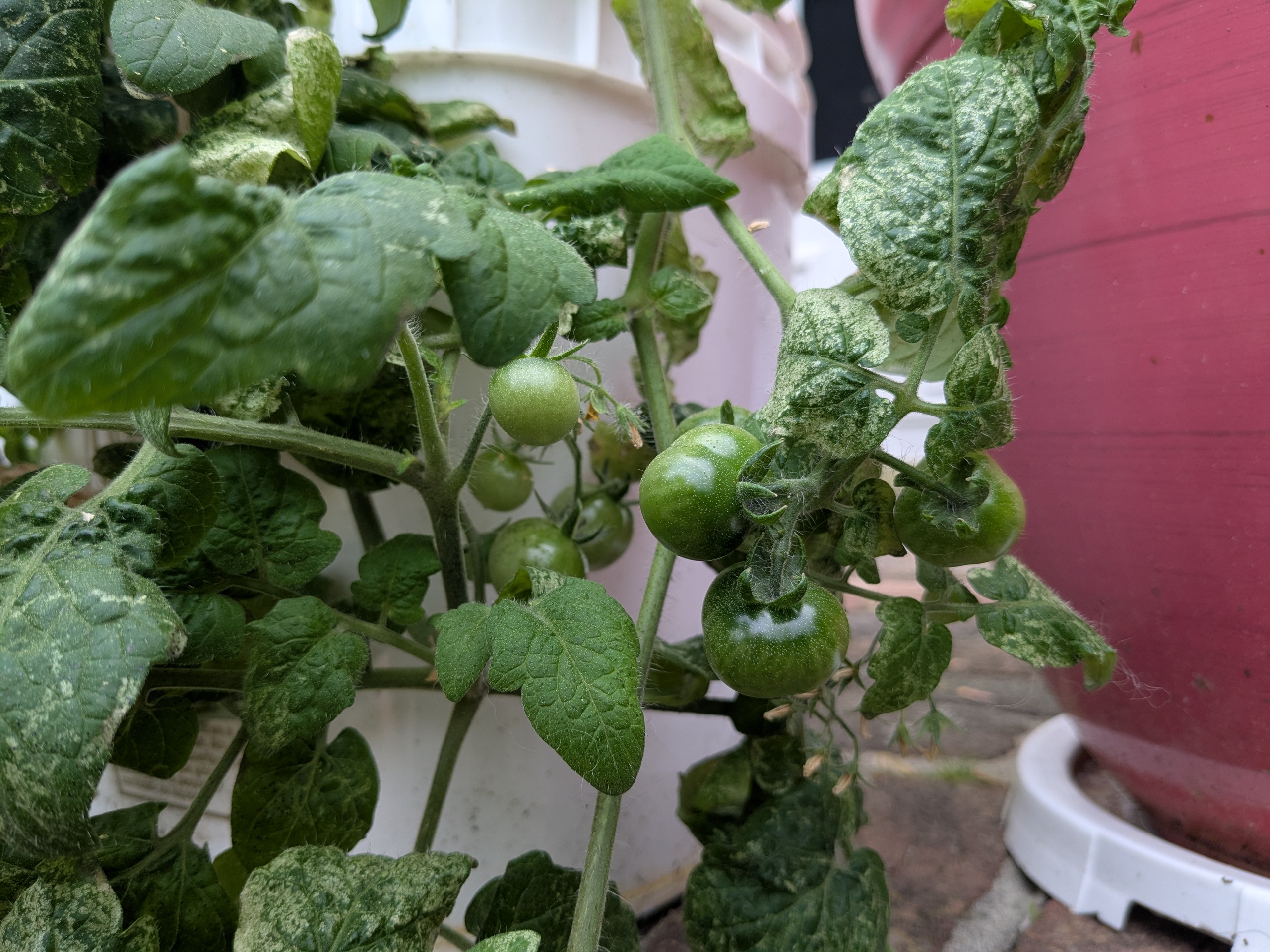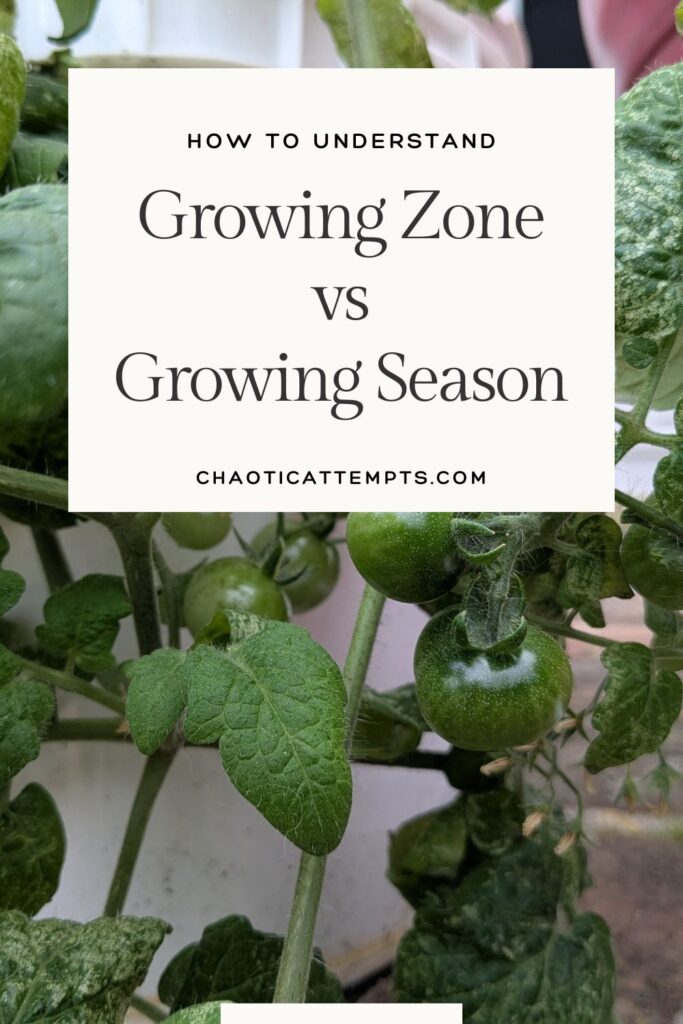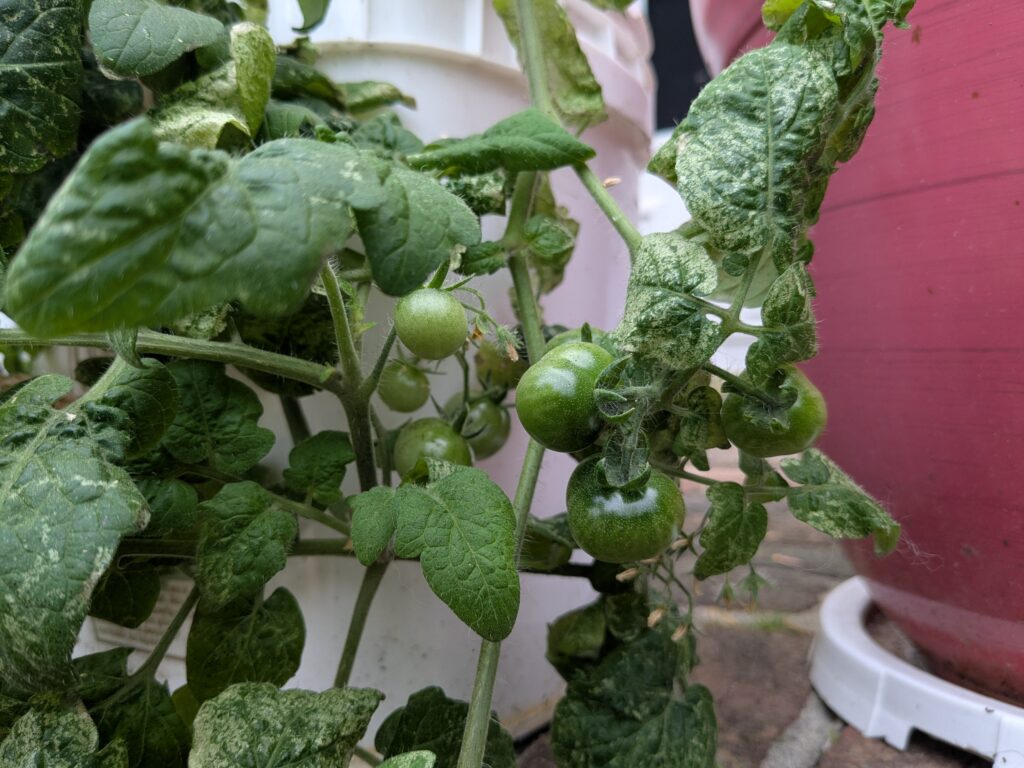Physical Address
304 North Cardinal St.
Dorchester Center, MA 02124
Physical Address
304 North Cardinal St.
Dorchester Center, MA 02124


Imagine this, you just visited your local big box garden store and saw all sorts of plants that you want to grow in your garden. They’re for sale so they must grow well in your area right? Wrong.
In order to create the most productive garden you can, you need to understand your growing zone and your growing season.

You can decide which perennials will grow well in your garden based on your growing zone.
Your growing zone depends on how cold it gets in your area over the winter. This is important for perennials because some of them need a certain period of cold to thrive and some need milder temperatures to survive the winter. In the United States, growing zones are labeled as USDA Plant Hardiness Zones and your region will be assigned a number of 1a through 13b. The lower the number, the colder your winters get.
My growing zone in Maryland is zone 7b. That means that my coldest winter temperature is normally 0-5 degrees Fahrenheit. In zone 7b I can grow plants that have a longer required chill period like lowbush blueberries, but I can also grow plants that prefer more mild winters such as rosemary.
A little trick: if you want to grow more tropical perennials, grow plants that can be grown in pots. Fruit trees like Meyer lemons can be grown in containers that are put outside during the summer and brought inside for the cold season.

When looking at annual plants you should not be looking at your growing zone, but instead at your growing season. The term “growing season” can be a little bit confusing because it actually means your freeze free period. Some annual plants can handle a light freeze and can be grown outside of your “growing season”, if you live in a warmer region some plants prefer the colder temperatures. You can find your growing season by looking at your average first frost date and your average last frost date and doing some math to figure out how many days are in between.
My average last frost date is April 9th and my average first frost date is November 2nd. This means that my growing season is approximately 200 days. In order to get the most productive harvest, I like to plant annuals that take no more than 100 days to reach maturity. Plants like indeterminate tomatoes can take 60-100 days to reach maturity, but that is only 1/2 of my growing season which means they will be actively producing fruit for the second half of my growing season! In contrast, I’ve tried to grow luffa sponges before and I’ve found my growing season to be a bit too short. It takes about 200 days for a luffa to produce a sponge, that is my entire growing season which means only the first fruit on my vine will reach sponge maturity. To successfully produce a plethora of luffa sponges I need to start my vines inside about four months before my last frost date and allow those vines to get much larger than I can easily handle inside.
A little trick: if you want to grow plants that require a longer growing season, create a large indoor garden space and start your seeds/plants inside much earlier than you usually would.
Growing a garden will be much easier if you understand which plants can grow well in your region. With just a little bit of research you can figure out which plants those are! This information pertains to fruits, vegetables, herbs, greens, and flowers.
If you don’t feel like doing the research, want to live life a bit chaotically, and still want an easy and productive garden, drive straight past the big box store and go to your local nursery. Local nurseries tend to have more informed staff and tend to only stock plants that will do well in your region.
Good luck!
Online Resources: